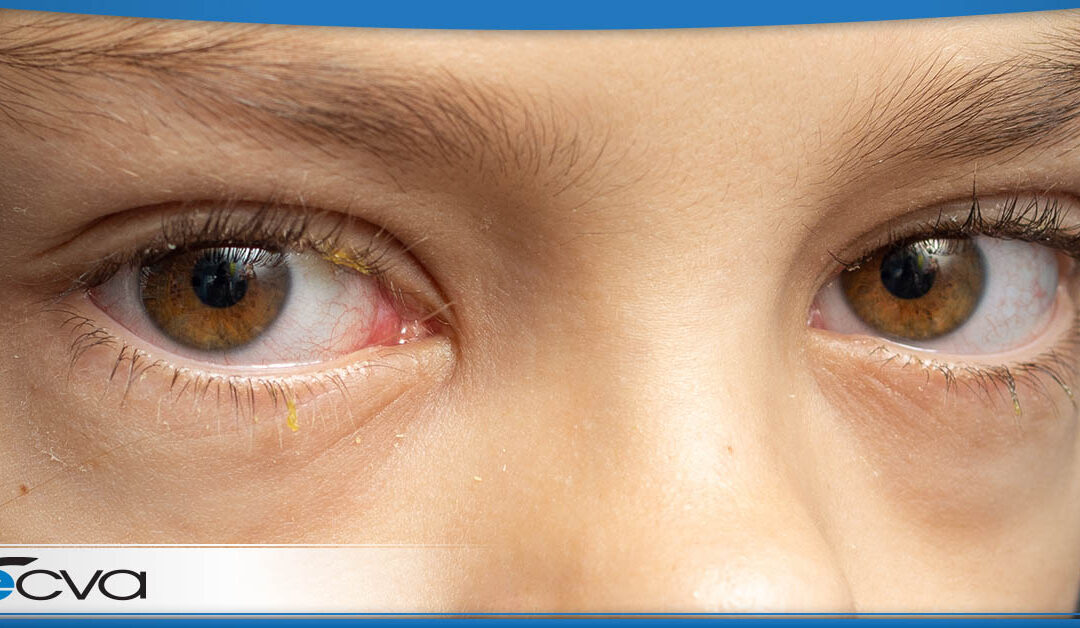
by ecvaeyeadminz | Apr 23, 2021 | Pediatric Ophthalmology
Pediatric conjunctivitis – also known as pink eye – is incredibly common. Many children end up with the condition, though the exact cause can vary. Additionally, pink eye is often highly contagious, causing it to spread quickly among children. If you have...

by ecvaeyeadminz | Apr 8, 2021 | Eye Health
Many people believe that using the dark mode on their computer, smartphone, or tablet is better for their eyes. Usually, this is because dark mode can reduce a person’s exposure to bright light emanating from a screen, particularly blue light. But does...




